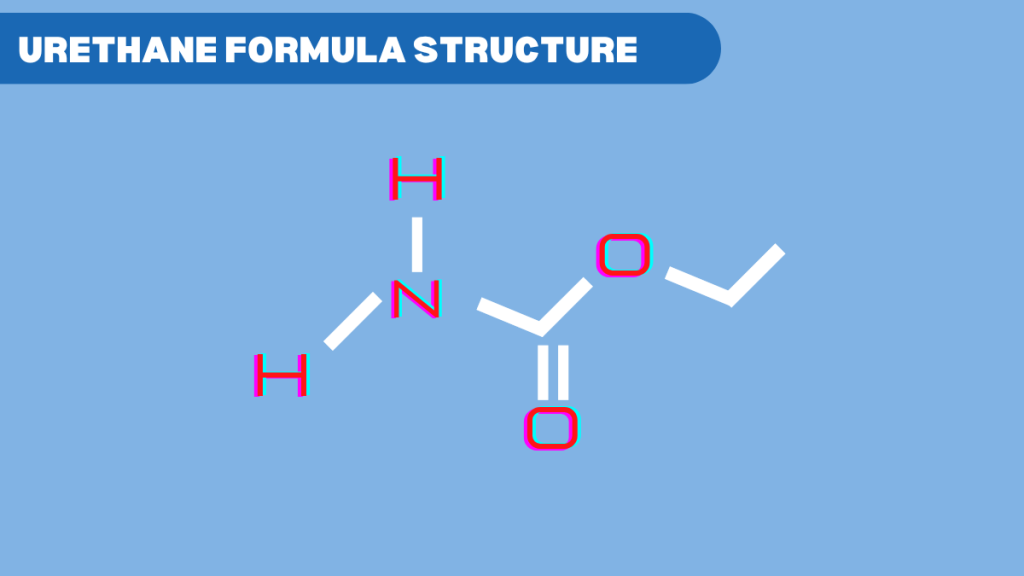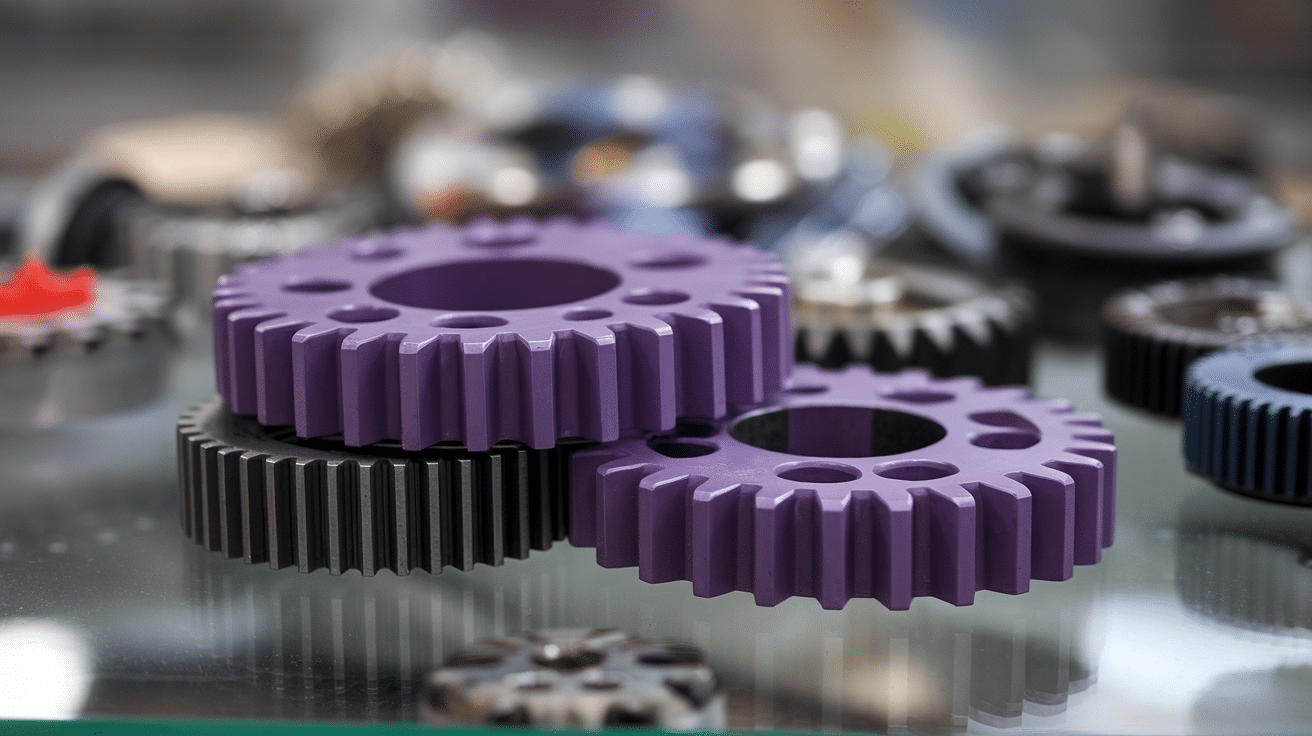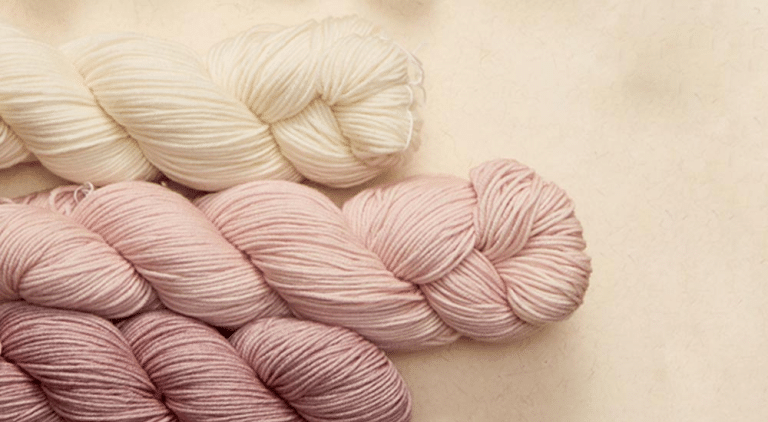What Is Urethane? Know it’s Properties and Uses
Have you ever wondered why some floor finishes last decades while others chip away in months?
The answer often lies in a special compound that’s everywhere yet rarely discussed. From the protective coating on your hardwood floors to the durable wheels on industrial equipment, urethane quietly makes our world more reliable.
This versatile material appears in countless products we use daily – from car parts to sports equipment. Yet most people don’t understand what urethane actually is or why it performs so well.
Today, I have covered what urethane is, its remarkable properties, real-world applications from coatings to sports equipment, and how it differs from polyurethane – all explained in simple terms.
Let’s find out about this remarkable chemical compound and learn why industries worldwide depend on it for their toughest applications.
Polyurethane’s strength comes from urethane chemistry. Now let’s put it to work. Here’s how to apply it for a flawless, lasting wood finish.
What Is Urethane?
Urethane is a versatile chemical compound that forms the backbone of many durable materials we use daily.
At its most basic level, urethane is an organic compound containing a specific molecular structure called a carbamate group. This unique structure gives urethane its remarkable properties, from flexibility to chemical resistance.
In practical terms, urethane serves as a building block for creating advanced materials.
Manufacturers use it to produce everything from protective coatings that shield surfaces to flexible parts that withstand years of use.
Its ability to be both tough and adaptable makes it invaluable across industries.
Chemical Composition of Urethane
So, what is urethane made of?
Urethane forms when an isocyanate reacts with an alcohol. This creates a carbamate group – the basic building block for making polyurethane materials.
Think of it like a single LEGO brick. One brick is useful, but connect many together and you can build something substantial. That’s exactly how urethane works in chemistry.
Core Properties of Urethane

What makes urethane material so valuable across industries? Its unique combination of physical and chemical properties sets it apart from other materials.
1. Physical Properties
Materials containing urethane offer a rare combination – they’re flexible yet strong. They bend without breaking and resist heavy impacts.
Some people ask, “is urethane rubber?” While it can be formulated to feel rubber-like, urethane actually offers superior properties to natural rubber in many applications.
Key Physical Traits Include:
- Exceptional abrasion resistance
- High impact strength
- Variable hardness (soft like rubber to hard like plastic)
- Excellent tear resistance
These properties make urethane ideal for tough applications where other materials fail.
2. Chemical Properties
Urethane-based materials excel in harsh environments. They resist chemicals that would destroy regular plastics. Moisture barely affects them. Many formulations also resist UV damage and oxidation.
This chemical toughness means products last for years or even decades. That’s why industries choose urethane for critical applications.
3. Customizability
Manufacturers can easily modify urethane properties with additives.
– Need flame resistance? Add fire retardants.
– Want color stability? Include UV blockers.
This flexibility means what is urethane in one product might have completely different properties in another. Engineers can create materials perfectly matched to specific needs.
Uses of Urethane

You encounter urethane-based products daily, often without realizing it. That shiny wood floor in your home probably has a urethane coating protecting it. Your car contains urethane parts throughout its structure.
Industrial equipment relies on urethane components to keep running smoothly. Common applications include:
1. Coatings: Protect wood, concrete, and metal surfaces from damage. What is urethane paint? It’s a durable coating that provides superior protection compared to traditional paints. What is urethane paint used for? Everything from automotive finishes to furniture protection.
2. Molded Parts: Found in medical devices, automotive components, and machinery
3. Elastomers: Make durable wheels, gaskets, and bushings
4. Adhesives: Bond different materials with incredible strength
5. Insulation: Provide thermal and sound barriers
6. Sports Equipment: What are urethane bowling balls made of? High-performance urethane creates consistent ball reaction and durability on lanes.
Interestingly, what is polyurethane used for overlaps with urethane’s applications, since polyurethane is built from urethane linkages. You’ll find it in foams, coatings, adhesives, and elastomers.
Is Urethane Toxic?
The answer depends on the form and exposure. Liquid urethane products can release vapors during application that require proper ventilation. Once cured, urethane products are generally safe for everyday use. Always follow manufacturer guidelines for handling and application.
Urethane vs Polyurethane: Difference
These similar terms cause confusion even among professionals. Let’s clear up the confusion once and for all.
| Aspect | Urethane | Polyurethane |
|---|---|---|
| Definition | Single molecular unit (carbamate group) | Long chains of urethane units linked together |
| Structure | Individual chemical compound | Polymer made of many urethane linkages |
| Common Usage | Often used in coating industry terminology | Preferred term for foams and industrial applications |
| Chemistry | Basic building block | Complete polymer structure |
| Example | Like a single brick | Like a wall made of many bricks |
Different industries have different preferences for these terms. Coating makers might say “urethane finish,” while foam manufacturers typically say “polyurethane foam.” Both refer to materials with the same basic chemistry- the real difference is scale and structure.
Conclusion
This remarkable chemical building block powers countless modern materials, solving problems traditional plastics and rubbers can’t handle. Its molecular structure creates the perfect balance of strength, flexibility, and resistance that industries demand.
From aerospace to athletics, manufacturers rely on urethane’s adaptability to meet specific challenges.
Understanding these fundamentals helps you select the right material for any project, whether you’re refinishing floors or designing industrial components.
As technology advances, urethane chemistry continues evolving, offering new formulations with enhanced properties.
Ready to put this knowledge into practice? Consult with materials specialists who can guide you toward the ideal urethane solution for your specific needs and performance requirements.
Frequently Asked Questions
What Is the Difference Between Urethane and Plastic?
Urethane is a specific type of polymer with superior flexibility, abrasion resistance, and customizable properties. Unlike rigid plastics, urethane can be formulated from soft to hard.
How Long Does Urethane Last?
Properly formulated urethane products can last 10-30 years, depending on application and environmental conditions. Its chemical resistance and durability exceed most conventional plastics and rubbers.
Can Urethane Be Recycled?
Yes, urethane can be recycled through mechanical grinding or chemical processes. Many manufacturers now incorporate recycled urethane into new products, especially in foam and elastomer applications.
Is Urethane Waterproof?
Most urethane formulations are highly water-resistant or waterproof. This property makes it ideal for marine applications, outdoor equipment, and protective coatings exposed to moisture.







